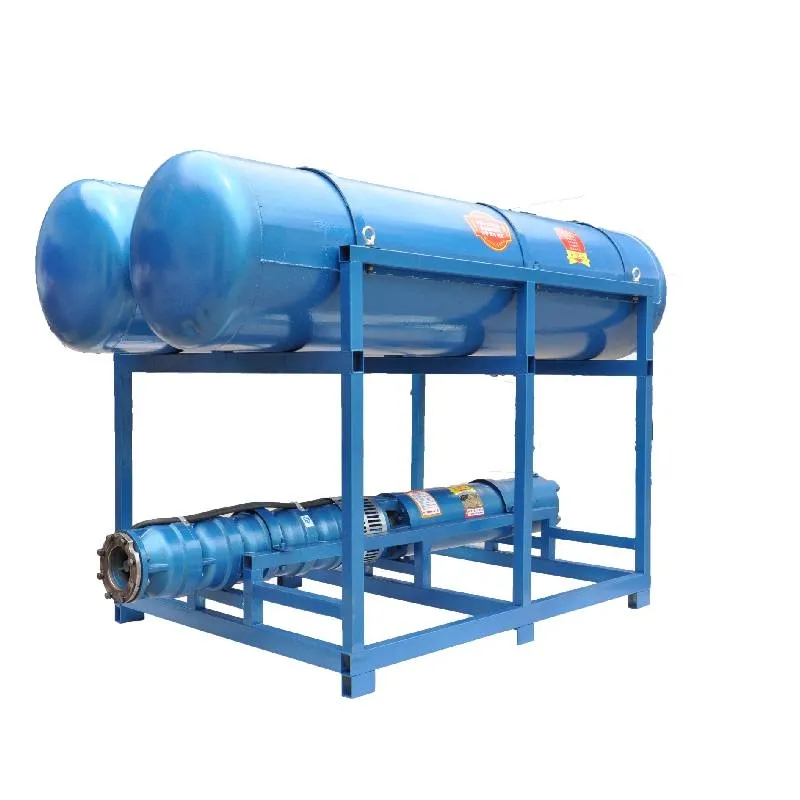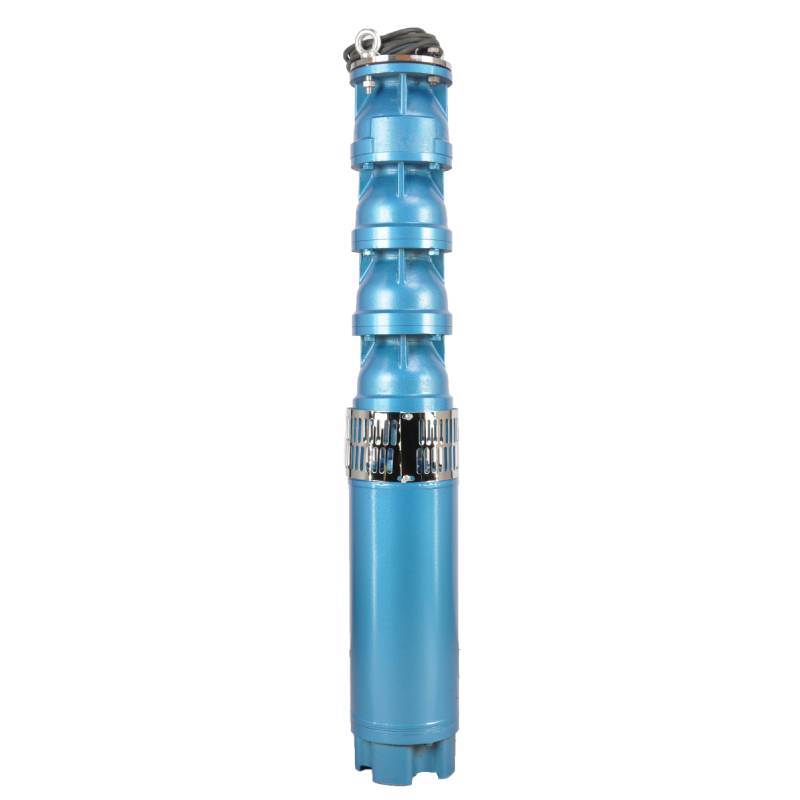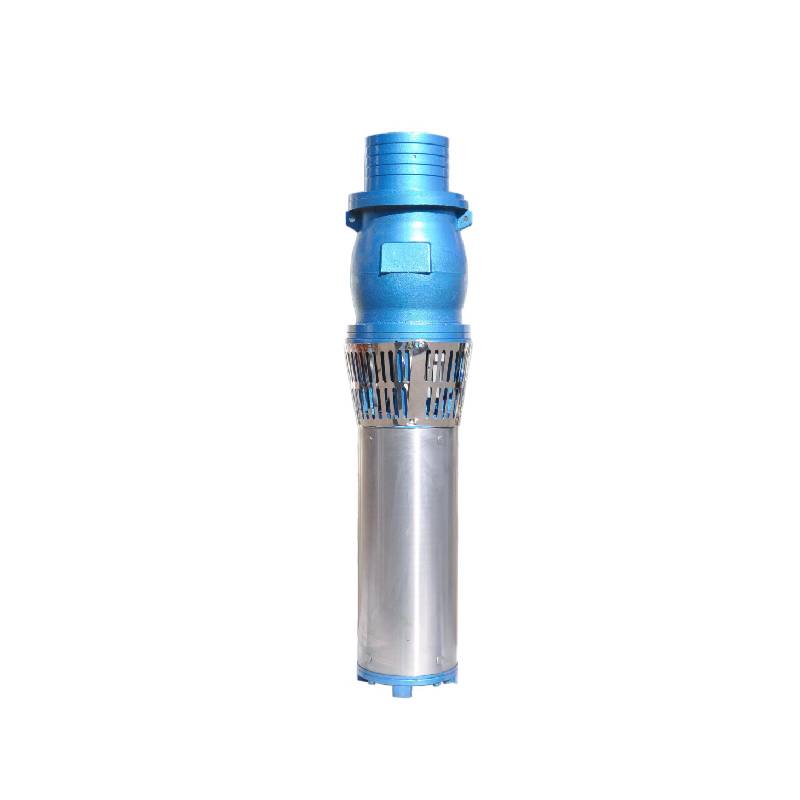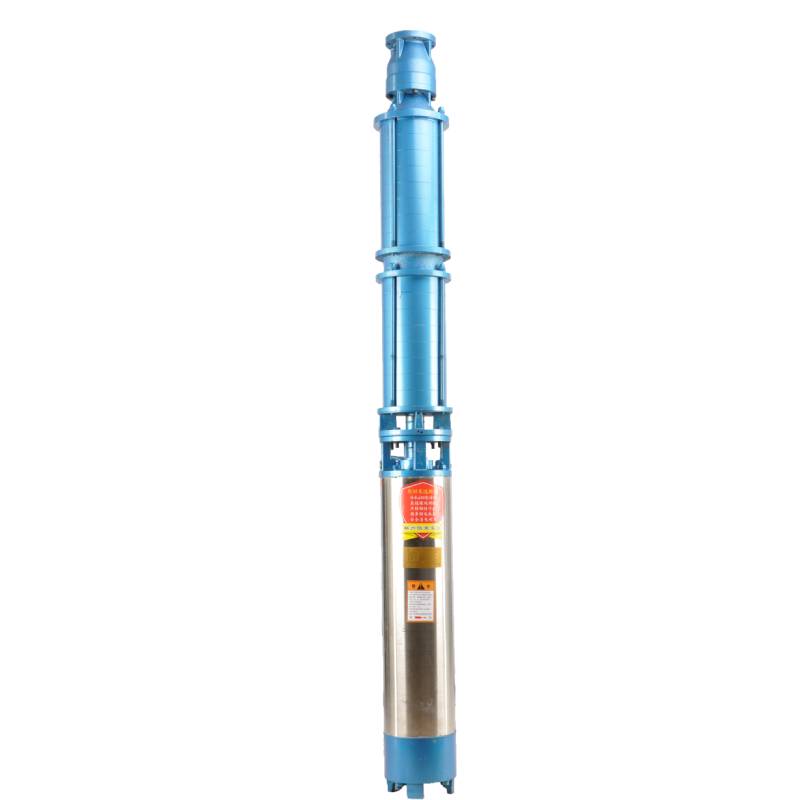9 月 . 07, 2024 06:28 Back to list
Well Submersible Pump Diagram - Comprehensive Guide
Understanding the Well Submersible Pump An Essential Diagram Guide
Submersible pumps are essential devices in various applications ranging from agricultural irrigation to groundwater extraction for residential and commercial uses. A well submersible pump, in particular, is designed to operate underwater, making it highly efficient in drawing water from deep wells. Understanding the diagram of a well submersible pump can shed light on its components, functionality, and installation process.
Understanding the Well Submersible Pump An Essential Diagram Guide
The diagram of a submersible pump typically outlines the flow path of water and illustrates how various parts interact. When the pump is activated, the motor drives the impellers. As the impellers spin, they create a centrifugal force that moves water from the well into the pump. The diffusers then direct the water upwards through the discharge head, where it exits the pump and travels to the surface or the storage tank.
well submersible pump diagram

An essential part of the diagram is the depiction of the discharge head. The discharge head is the topmost part of the pump, and it plays a crucial role in guiding the pumped water away from the well. It often includes a check valve to prevent backflow, ensuring that the water remains in the piping system when the pump is turned off. Additionally, the discharge head may incorporate other features, such as pressure gauges or control switches, which are integral for monitoring and controlling pump performance.
The well casing, depicted in the diagram, is another vital element. This cylindrical structure, made of steel or PVC, encases the pump and protects it from external debris and pollutants. Proper casing specifications are necessary to ensure that the well remains structurally sound, particularly as the submersible pump is installed deep underground.
Installation and maintenance of a submersible pump are facilitated by understanding its diagram. For instance, identifying the power supply connections, ensuring proper sealing against water ingress, and recognizing the orientation of the pump can prevent operational issues. Regular maintenance practices, such as inspecting wiring and cleaning filters, are crucial for ensuring longevity and efficiency.
In summary, the diagram of a well submersible pump offers a comprehensive view of its construction and operation. By illustrating the key components, including the motor, impellers, diffusers, and discharge head, the diagram serves as a valuable tool for anyone looking to install, operate, or maintain these pumps. A thorough understanding of each element, along with proper upkeep, can significantly enhance the efficiency and sustainability of groundwater extraction. As water scarcity becomes a growing concern in many regions, well submersible pumps will continue to play an essential role in providing access to this vital resource.
-
Your Guide to Deep Well Pumps
NewsOct.31,2024
-
Why Choose a Stainless Steel Deep Well Pump?
NewsOct.31,2024
-
Understanding Water-Filled Submersible Pumps
NewsOct.31,2024
-
Understanding SS Submersible Pumps
NewsOct.31,2024
-
Reliable Submersible Well Pumps for Your Water Supply Needs
NewsOct.31,2024
-
Choosing the Right Submersible Pump for Your Water Management Needs
NewsOct.31,2024
-
 Understanding Water-Filled Submersible PumpsWhen it comes to selecting the right pump for your water management needs, understanding the different types available is crucial.Detail
Understanding Water-Filled Submersible PumpsWhen it comes to selecting the right pump for your water management needs, understanding the different types available is crucial.Detail -
 Guide to Installing a Deep Well Submersible PumpWhen dealing with deep wells, a deep well submersible pump is often the most effective solution for extracting water from significant depths.Detail
Guide to Installing a Deep Well Submersible PumpWhen dealing with deep wells, a deep well submersible pump is often the most effective solution for extracting water from significant depths.Detail -
 Finding the Right Submersible PumpWhen seeking an efficient solution for pumping water from deep wells, sumps, or other applications, the submersible pump is a leading choice.Detail
Finding the Right Submersible PumpWhen seeking an efficient solution for pumping water from deep wells, sumps, or other applications, the submersible pump is a leading choice.Detail
